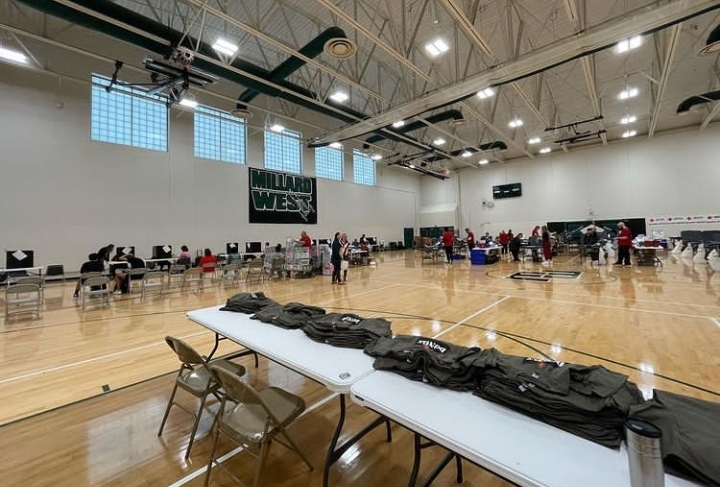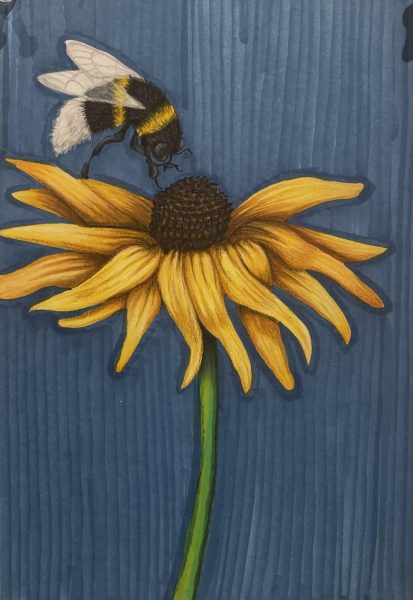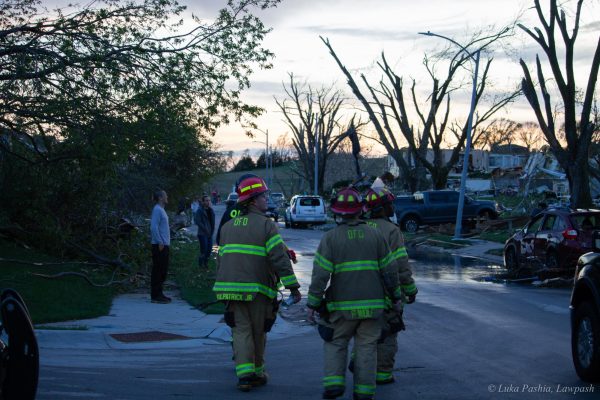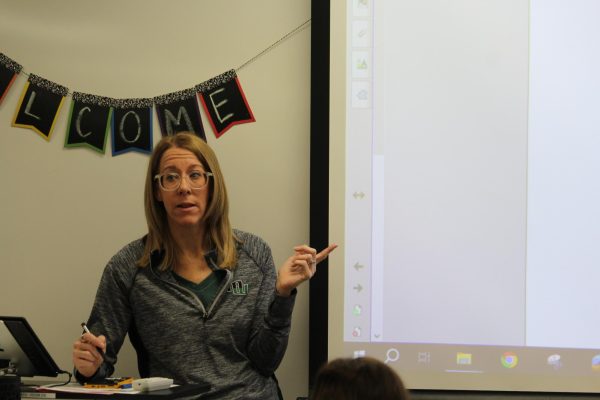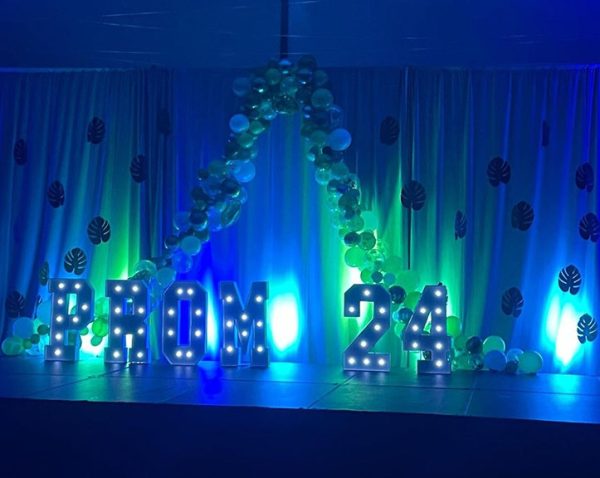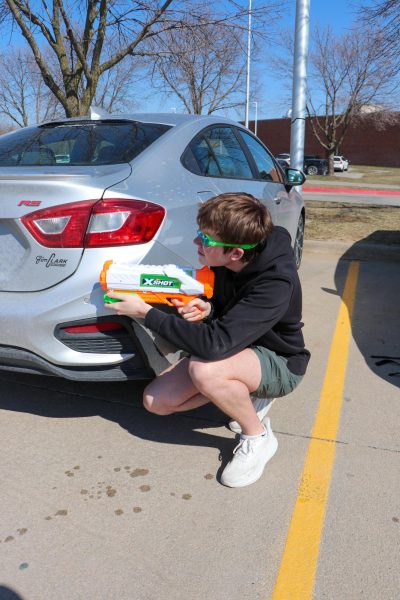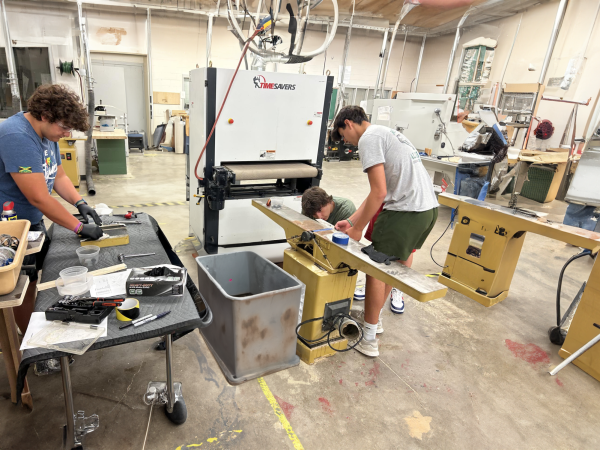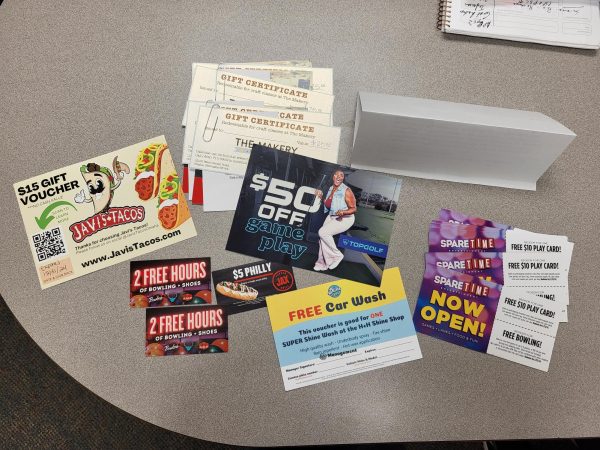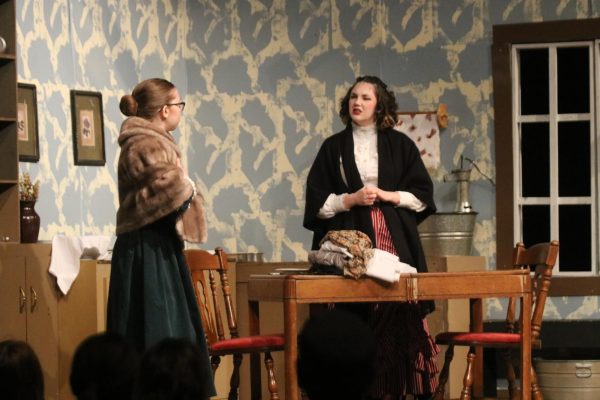A small way to save lives
HOSA holds its first blood drive for the year
The first blood drive of the year went fairly smoothly, not many people had issues with the donating process. ” The blood drive went ok,” junior Olivia Orr said. “We didn’t get a lot of people who had problems donating but we also didn’t reach our goal of how many people we had donate. Although we did get a lot of donors.”
October 13, 2022
On Friday, Sept. 30, Health Occupations Students of America (HOSA) held the first blood drive of the year to collect blood from volunteers to donate to people in need.
For the blood drive, HOSA works alongside the Red Cross. The Red Cross brings in all the staffing for the blood drive and HOSA finds the volunteers for the drive. Only 40 students gave up one of their blocks that day to help with the blood drive. The drive was very student-driven, it was the student’s job to put up fliers and get people to donate blood.
“I decided to help out with the blood drive because I wanted to be a part of something in the community that was helping other people,” senior Gianna Pike said. “I think it’s a fun opportunity to get in volunteer hours along with helping other people donate to save lives.”
The blood drive had 123 volunteers, there were about 97 successful donations and about 70 of those volunteers were first-time donors. The blood drive went fairly smoothly and there were very few hiccups along the way. Not a lot of people were unable to donate, although they didn’t get as many donors as they previously wanted.
“I signed up to donate but was sadly deferred, meaning I wasn’t eligible,” junior Olivia Orr said. “I wanted to donate because I think the people who want to live should have a better chance at life. With my donation I could have saved up to three lives, but even if my blood didn’t end up going to anyone I would still have the satisfaction of trying to help out where I can.”
When donating, before actually donating blood, people have to fill out a rapid pass then the Red Cross staff checks people’s eligibility to donate. Having too much or not enough of a certain element may make someone ineligible to donate. After this, if they were eligible, they would go over to one of the tables to get their blood drawn. They draw a pint of blood. Then they would be provided with a snack before heading back to class.
“It was a lot of work going into it, but I have to say I had an overwhelming feeling of gratification at the end of the day,” HOSA sponsor and science teacher Amy Mclver said. “It was totally worth it and I look forward to the next one believe it or not. I want to do it again. I want to do better and get more donors.”
HOSA has high hopes for the next blood drive on Feb. 3. Even though they didn’t have as many donations as they would have liked, plenty of people were still willing to donate to have the chance to save other people’s lives.

